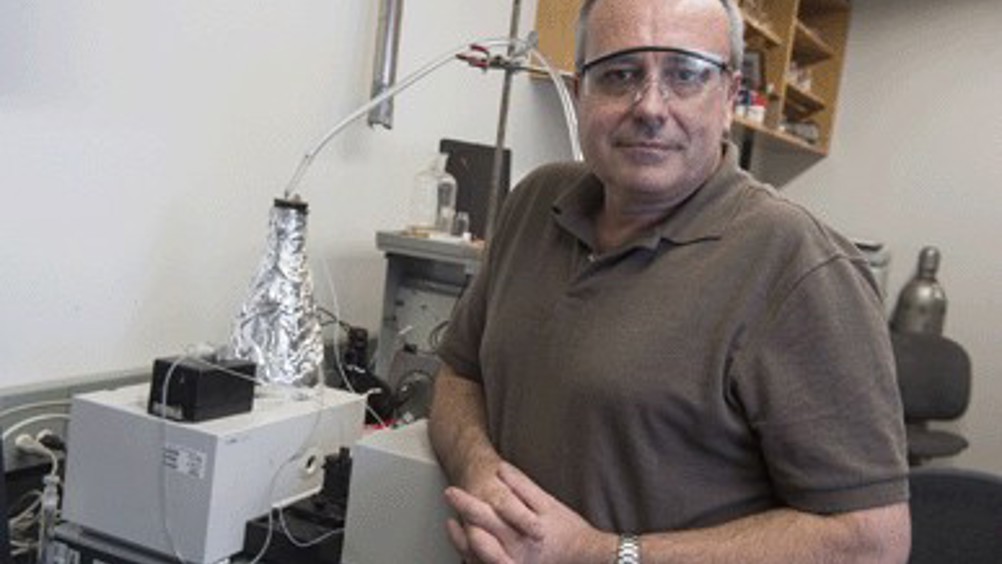Nanoparticle 'tracers' will help frackers track productive wells
A tabletop device invented at Rice University can tell how efficiently a nanoparticle would travel through a well and may provide a wealth of information for oil and gas producers.

The device gathers data on how tracers – microscopic particles that can be pumped into and recovered from wells – move through deep rock formations that have been opened by hydraulic fracturing.
Drilling companies use fracturing to pump oil and gas from previously unreachable reservoirs. Fluids are pumped into a wellbore under high pressure to fracture rocks, and materials like sand or ceramic - dubbed proppants in the US - hold the fractures open.
‘They’re basically making a crack in the rock and filling it with little beads,’ said Rice chemist Andrew Barron, whose lab produced the device detailed in Environmental Science Processes and Impacts.
Companies struggle, however, to know which insertion wells (where fluids are pumped in) are connected to the production wells where oil and gas are pumped out.
‘They may be pumping down three wells and producing from six, but they have very little idea of which well is connected to which,’ he said in statement.
Register now to continue reading
Thanks for visiting The Engineer. You’ve now reached your monthly limit of news stories. Register for free to unlock unlimited access to all of our news coverage, as well as premium content including opinion, in-depth features and special reports.
Benefits of registering
-
In-depth insights and coverage of key emerging trends
-
Unrestricted access to special reports throughout the year
-
Daily technology news delivered straight to your inbox










Breaking the 15MW Barrier with Next-Gen Wind Turbines
Hi Martin, I don´t have any detailed parameters for the 15MW design other than my reading of the comment in the report ´aerodynamic loads at blade-tip...